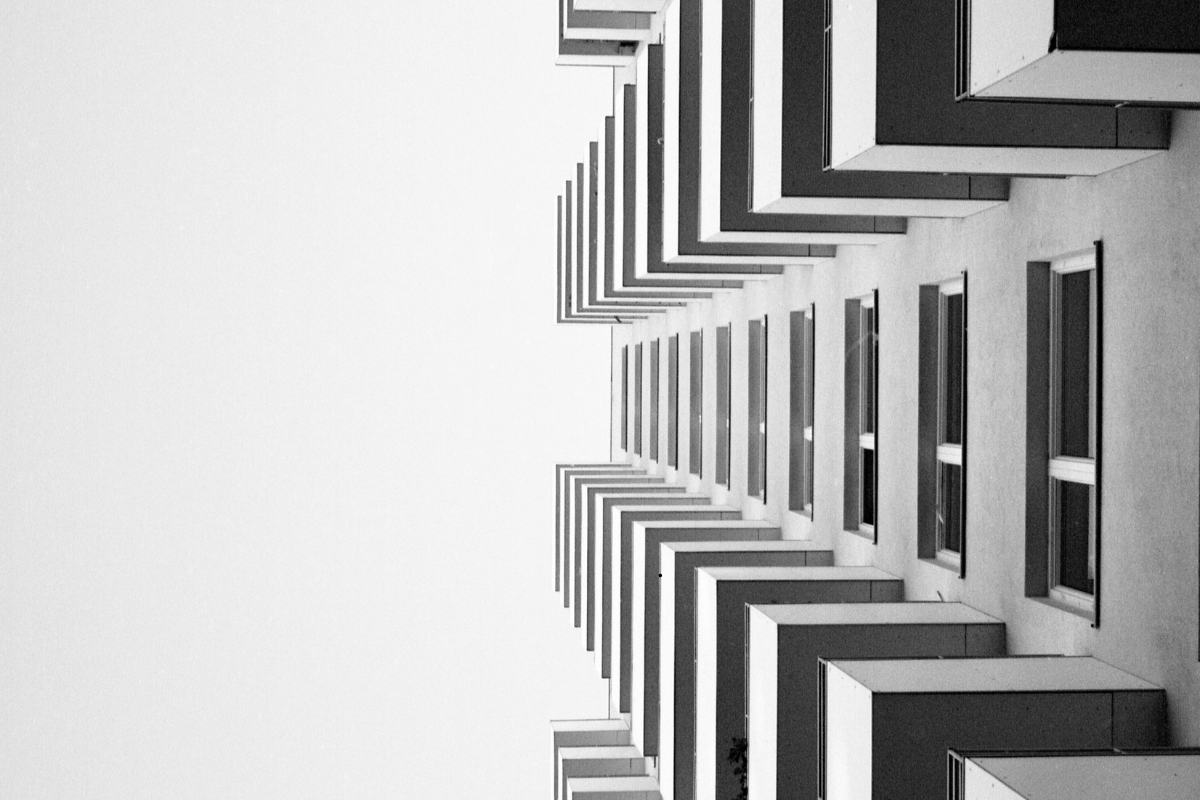Introduction:
Direction and linear perspective are two fundamental concepts in the realm of art that greatly influence how we perceive and interpret visual stimuli. These concepts not only play a crucial role in creating realistic representations but also contribute to the overall composition and depth within a piece of artwork. Understanding direction and linear perspective empowers artists to effectively manipulate space, guiding the viewer’s gaze and creating immersive visual experiences.
Understanding Direction and Linear Perspective:
Direction in art refers to the orientation or path of visual elements within a composition. It encompasses various aspects such as the arrangement of shapes, lines, and forms, as well as the implied movement or flow within the artwork. Directional cues can be explicit, such as actual lines or arrows guiding the viewer’s eye, or implicit, created through the arrangement of elements and the use of techniques like foreshortening and overlapping.
One of the primary functions of direction in art is to lead the viewer’s gaze through the artwork, directing attention to focal points or important elements. Artists utilize directional elements strategically to establish visual hierarchy and narrative flow within their compositions. For example, in a landscape painting, converging lines might lead the viewer’s eye from the foreground to the focal point in the distance, creating a sense of depth and spatial continuity.
Linear Perspective:
Linear perspective is a systematic method for creating the illusion of depth and space on a two-dimensional surface. It relies on the principles of geometry and optics to simulate the way objects appear to recede into the distance when viewed from a specific vantage point. Linear perspective is based on the concept that parallel lines appear to converge as they recede into the distance, eventually meeting at a vanishing point on the horizon line.
The development of linear perspective revolutionized the way artists represented space in their works, allowing for more accurate and realistic depictions of three-dimensional scenes. Renaissance artists such as Filippo Brunelleschi and Leon Battista Alberti formalized the principles of linear perspective, enabling artists to create convincing spatial illusions that mimic the way we perceive the world around us.
In linear perspective, artists employ techniques such as vanishing points, horizon lines, and orthogonal lines to create the illusion of depth and spatial relationships within a composition. By accurately rendering objects and architectural elements according to their relative size and position in relation to the viewer’s perspective, artists can achieve a sense of realism and spatial coherence in their artworks.
Integration of Direction and Linear Perspective:
Direction and linear perspective are closely intertwined concepts that work in tandem to create convincing spatial illusions and dynamic compositions. Directional elements such as lines, shapes, and forms are essential components of linear perspective, guiding the viewer’s eye and reinforcing the sense of depth established by perspective techniques.
Incorporating directional cues within a linear perspective framework allows artists to enhance the sense of movement and spatial dynamics within their compositions. For example, diagonal lines converging towards a vanishing point can create a sense of depth and recession, while curved lines can suggest fluidity and rhythm within the artwork.
Furthermore, understanding the principles of direction and linear perspective enables artists to manipulate space and scale effectively, enhancing the overall impact and visual coherence of their artworks. By carefully considering the placement and orientation of directional elements within the context of linear perspective, artists can create immersive and engaging visual experiences that captivate the viewer’s imagination.
Conclusion:
Direction and linear perspective are essential concepts in the vocabulary of art, serving as foundational principles for creating convincing spatial illusions and dynamic compositions. By mastering these concepts, artists gain the ability to guide the viewer’s gaze, manipulate space, and create immersive visual experiences that transcend the confines of the two-dimensional surface. Whether employed individually or in conjunction, direction and linear perspective play a vital role in shaping the way we perceive and interpret works of art, enriching our understanding and appreciation of the visual world.

